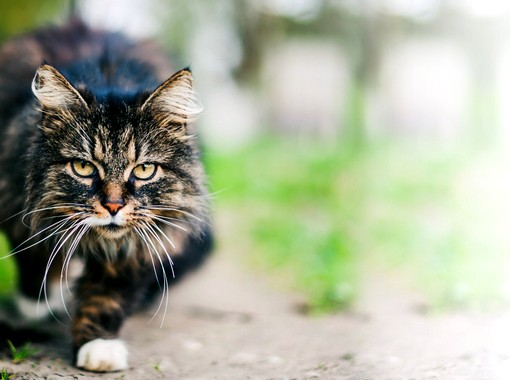
The cat food sector saw a one-percent increase in retail volume and 14 percent in current value sales, reaching 335,000 tons and RUB79.2 billion (USD1.23 billion), respectively in 2015. Cat food is the most dynamic category in pet food in Russia in 2015.
Economy wet cat food posted the highest retail volume growth of three percent in 2015. The average unit price for cat food saw a 12-percent increase in 2015. Mars kept its leadership position in cat food, with a 51-percent share of total sales by value. The cat food sector is expected to see positive dynamics with a three-percent volume compound annual growth rate (CAGR) and a four-percent value CAGR at constant 2016 prices over the next five years to reach 389,000 tons and RUB103.7 billion (USD1.61 billion), respectively.
Trends
Cat food is set to see continuing stable volume growth in 2016, despite the negative effects of the ongoing economic downturn in Russia. Cat food resembles baby food in a sense that consumers treat cats as family members and refuse to cut down spending on pet products even when facing a decline in real disposable incomes. Furthermore, compared to dogs, it is much more difficult to make cats change to home-made food or to cheaper bands from the ones they are used to. It is anticipated that cat food will see a one-percent value and a nine-percent current value growth in 2016.
In 2015, Russian cat owners continued to maintain their expenditures for cat food, which allowed the volume of sales and the current sales value to grow by one percent and 14 percent, respectively. As cats are the most common pets in Russia, cat food saw the strongest development compared to all other pet food categories. However, a shift towards cheaper brands was evident.
The value growth in the cat food sector in 2015 was in line with the previous five-year period’s 14-percent CAGR. Despite a slow volume increase, the value continued to see strong dynamics due to a rather significant price growth in 2015.
The average unit price for cat food increased by 12 percent in 2015. The devaluation of the national currency and increasing production costs associated with imports of raw materials directly affected the unit price growth. Therapeutic cat food experienced the highest price growth in 2015, as the category is abundant with imported brands.
Wet cat food is driving the cat food market development in Russia. In 2015, wet cat food accounted for a 55-percent share of all cat food sales by value. The subcategory posted a two-percent volume increase compared to dry cat food’s one percent. The continuing development of wet cat food in Russia is supported by the rapid introduction of plastic pouches. Pouches are light, flexible, easy to store and carry, and they boosted the consumers’ interest in purchasing cat food. Another reason for wet cat food’s stronger development is that consumers often think of it as of a more natural and healthy option for their cats.
In 2015, 35 percent of dry and 63 percent of wet cat food was marketed for adult cats. In fact, in most cases, the front of the packaging does not directly communicate positioning for adult cats in Russia. Thus, if no specific age group is indicated, such products are aimed at adult cats by default. Relevant information can be found on the back of the packaging, often written with small letters. Kitten owners are much more careful in choosing cat food than adult cat owners, and rely on veterinary advice more heavily.
Therapeutic cat food posted higher volume growth rates in both wet and dry cat food in 2015. In spite of the ever increasing unit prices across all cat food categories, therapeutic cat food appears to be very stable in its development. As therapeutic cat food provides specific diet for cats with health conditions, Russian consumers prefer not to reduce the purchases of such products. In addition, the growth in the therapeutic cat food sector is positively affected by the category’s low volume base compared to the non-therapeutic premium products.
Pet shops retained their leadership role in the cat food sector across all retail channels in Russia in 2015, accounting for 38 percent of all cat food sales by value. Consumers have expressed a preference for this particular distribution channel as they can get qualified advice about certain products and have access to a large variety of brands. However, in light of the economic downturn, pet shops are losing their share, especially to supermarkets. As modern grocery retailers have continued expansion, more consumers tend to switch to buying cat food there due to lower prices, numerous promotions, and convenience. Pet shops steadily lost their value share in cat food sales over the previous five-year period to 2015.
Internet retailing continues to account for a small share of cat food sales by value, but it has seen stable development. In 2015, Internet retailing held a three-percent value share in cat food. Online retailers face difficulties getting through to elderly people, who have a low level of trust in this channel. Thus, it is mostly the young adults that buy cat food online.
In 2015, 33 percent of households owned a cat in Russia, and the population continued to grow in spite of the economic downturn that began in 2014. Russians do not show any tendency to get rid of their pets, and the cat population has continued to see stable growth.
Prepared food accounted for a 24-percent share of total cat food consumption in Russia in 2015. While prepared cat food saw a continuing positive dynamic, traditionally there is a large number of cats in rural areas that are fed home-prepared food. In general, there have been no significant shifts in the popularity of certain types of cat food, whether it be prepared, home-made, wet or dry. Experts state that it all depends on what a cat is used to eating, and such trends are individual for every cat.
Cat treats saw negative sales volume dynamics in 2015. The treats category is not receiving sufficient attention from consumers in Russia, as it is seen as complimentary to cat food, but not essential. Retail volume sales of cat treats declined by two percent in 2015.
Competitive landscape
The trend to economize is expected to prevail in cat food over 2016. It is forecasted that the sales volume of economy cat food will see a sound growth, while mid-priced and premium brands will see a decline. The economic recession is set to continue in 2016, leaving Russian consumers with declining real disposable incomes. Alongside increasing unit prices for imported brands, a stronger development of less pricey domestic brands is likely to be seen in 2016, which will support the growth of economy cat food.
Mars retained its leadership in cat food in 2016. Mars is present in all price segments of cat food with its brands Kitekat and Whiskas in the economy and the mid-priced segments respectively, and Sheba, Iams, Eukanuba, and Perfect Fit in the premium segment. In 2016, Mars accounted for a 51-percent share of cat food sales by value, followed by Nestlé Russia, with a 21-percent share.
Nestlé Russia posted the highest sales value growth of 24 percent in 2015, enjoying the continuous success of its Purina brand. Nestlé was followed by three domestic manufacturers, which were Ivanko, Zooproekt, and Zolotaya Rybka, all of which saw a strong double-digit sales value growth. Domestic companies became more competitive in cat food after the rouble’s devaluation and the increase in prices affecting imported brands.
The manufacturers of cat food continued reacting to the consumers’ decreasing disposable incomes by increasing the frequency of discounts. Thus, putting products on sale was the most common marketing strategy that players in the cat food sector engaged in 2015.
Ivanko has introduced a new brand line, Clan De File, in the mid-priced wet cat food market segment. The new brand boasts high-quality ingredients and claims not to contain any harmful additives. Interestingly enough, factually being a mid-priced brand, Clan De File is positioned as a premium product.
2015 did not see notable TV commercials of cat food in Russia. The majority of producers use their company’s websites and social networks or news sites to advertise their products together with more usual ways of advertising, such as banners and good positioning on the shelves. In addition, as a result of an increased consumer preference for economy products, international companies such as Nestlé and Mars felt the need to offer discounts for their products in modern grocery retail channels.
The cat food market was characterized by price polarization in 2015. Thus, economy and premium brands saw an increase in sales volume, while mid-priced brands demonstrated a slight decline. The economy segment attracts more consumers that switch from the mid-priced segment, even as the latter does not see an inflow of those that prefer premium brands.
Private labels in cat food continued to see increasing sales value, but declined in terms of value share in 2015. The selection of private label brands remains rather narrow. Besides, consumers remain loyal to more expensive brands, as it is not easy to convert cats to unfamiliar brands of cat food. The share of private labels in cat food accounted for four percent of the overall sales value in 2015.
The cat food sector did not see significant packaging innovations in 2015. Manufacturers were highly involved in price competition and were reluctant to risk and invest in new packaging types or formats.
Prospects
The cat food market is set to continue its development in the next five years. Cat food will still be seen as being far from saturation, as the share of prepared food in total consumption remains small. The economy price segment will be the main growth driver. Cat food is expected to see a three-percent volume and a four-percent constant value CAGR over the course of the next five years.
The forecasted constant value growth in the cat food segment is set to be lower than the previous five-year period’s five-percent CAGR at constant 2016 prices. The Russian economy is expected to see a slow recovery, and the consumers’ real disposable income growth will sustain itself. More rational consumption is likely to be an obstacle for faster development of cat food in terms of sales value.
Among the main threats to cat food development, a prolonged economic stagnation seems to be the most apparent. Should consumers continue feeling the effects of the economic downturn for a long time, an opposite trend of an increasing share of home-made cat food may emerge.
In terms of retail volume, cat treats are expected to see faster growth over the course of the next five years than what was observed in 2015. Currently, cat treats account for a marginal share in the cat food sales volume. Thus, stronger growth will mostly be attributed to the low base. Besides, as consumers are set to switch to cheaper brands, they will see cat treats as an additional source of vitamins and micronutrients, which economy brands often lack. Cat treats are set to post a three-percent retail volume CAGR over the next five years.
Price competition is set to increase in the next five years. Manufacturers are expected to pay closer attention to cost efficiency. Discounts and other forms of price-related promotion like bundling is likely to remain important to achieve success in cat food in the years to come.
Despite the anticipated movement towards the economy segment, the average unit price at constant 2016 prices will see a five-percent growth by the end of 2021. The diversification of selection and new brand penetration into the cat treats segment, alongside the positive volume growth of premium cat food, is likely to shift the average unit price upwards in the next five years.
Ivanko’s Clan De File brand demonstrates an interesting approach that may become a trend in cat food. Positioning a brand as premium while maintaining a more affordable price is set to communicate greater value of such product to consumers when compared to other brands that are similarly priced.
The cat population in Russia is forecasted to continue a stable growth over the course of the next five years. It is expected that more Russians will adopt cats as pets, as they are more independent than dogs, are suitable for all sizes of living space, and require less effort to keep clean.
The volume split between wet cat food and dry cat food is not expected to change. Wet cat food will still prevail in terms of volume, and see the fastest CAGR of three percent. Wet cat food will be positively affected by the continuing introduction of plastic pouches and a greater overall convenience in comparison to dry cat food.
Despite the fact that the economy price segment will see stronger development in the next five years, the premium segment will still see positive dynamics. Not all consumers will find it easy to convert their cats from eating more expensive products they are used to. Besides, those cat owners that are especially attentive to healthy nutrition of their pets will be willing to pay more for higher-quality premium brands.
Therapeutic and non-therapeutic cat food will see similar volume CAGRs over the course of the next five years. However, the constant value of therapeutic cat food is set to be more dynamic due to a higher unit price. Cat owners are extremely unlikely to neglect their pets’ health and will not be inclined to reduce their purchases in this product category.


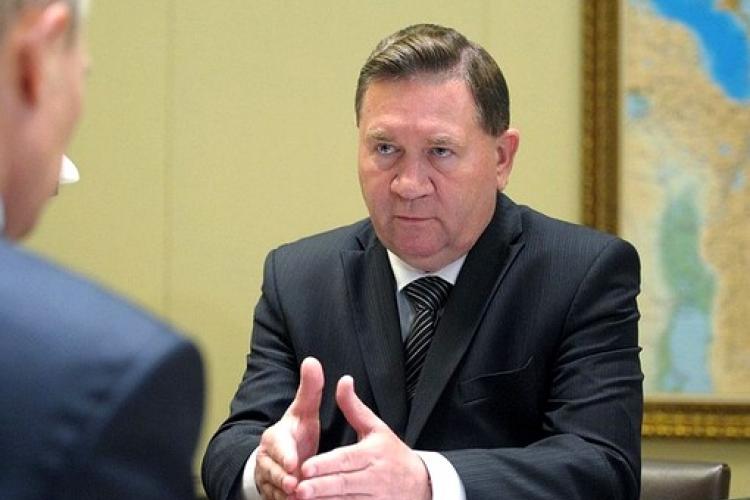
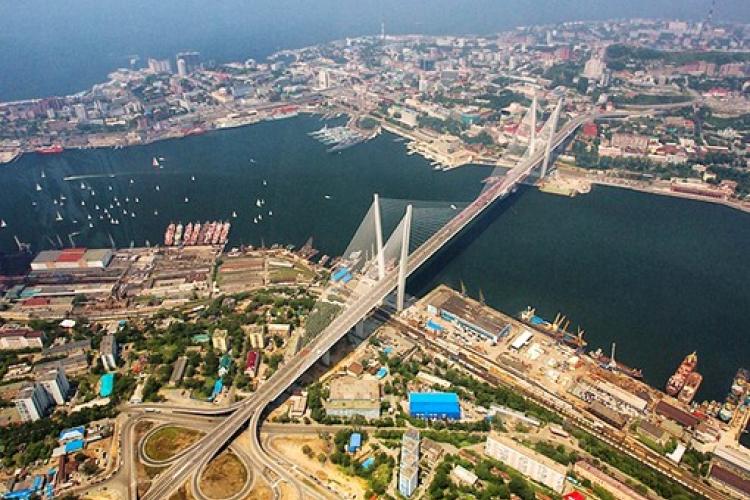

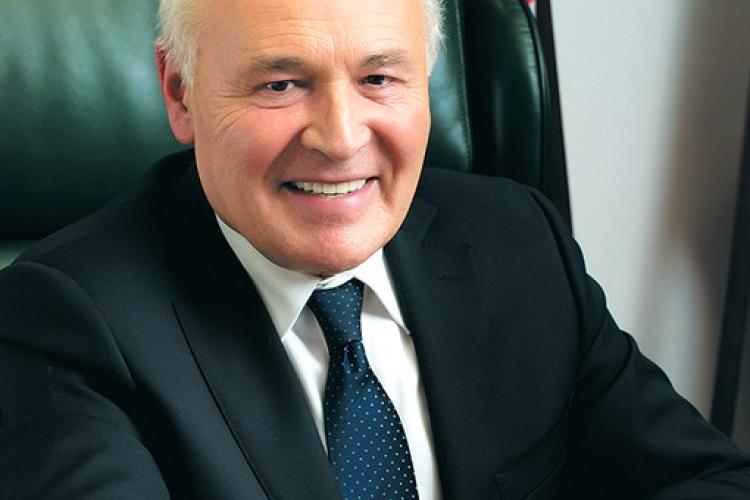
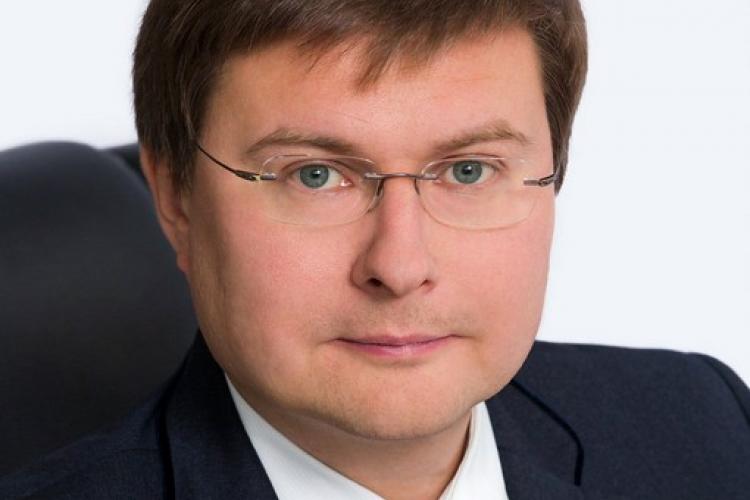
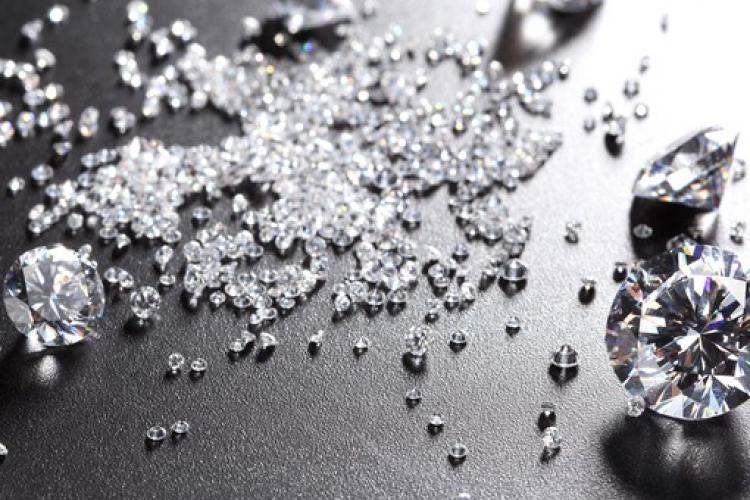

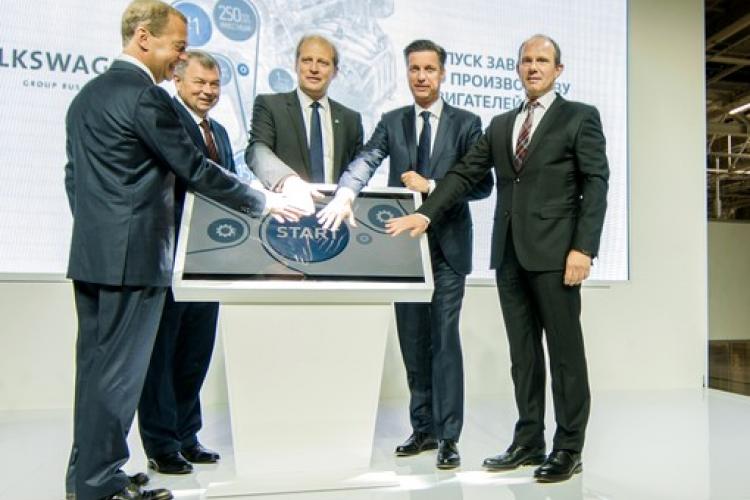
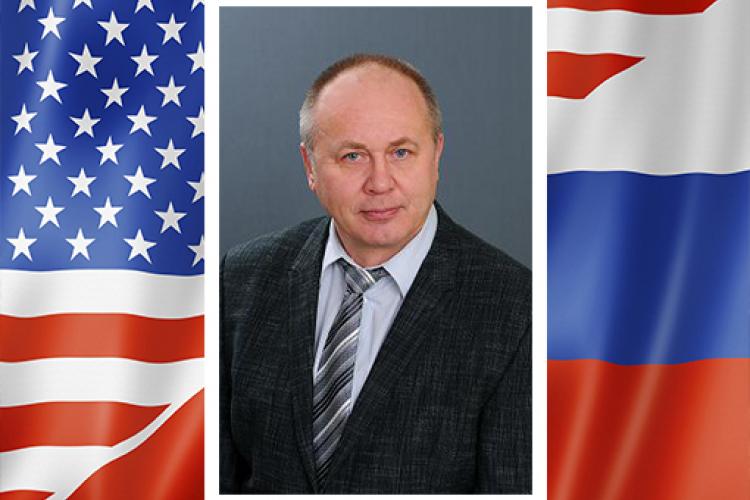

Leave a comment